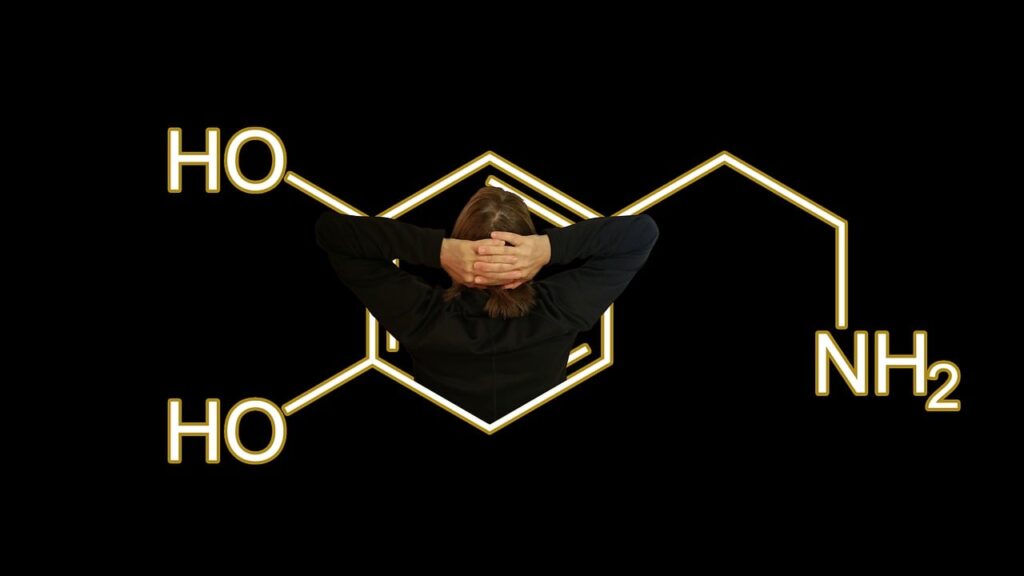I’ve found that stepping away from constant stimulation can reset my ability to focus deeply. This practice—often called a “dopamine detox”—goes beyond a trendy buzzword; it taps into how our brain balances motivation and attention.

What Is a ‘Dopamine Detox’ and Why Do CEOs Use It?
When I first heard about the “dopamine detox,” I was skeptical. It sounded like Silicon Valley hype or another wellness fad promising quick fixes. But digging deeper, I realized there’s a solid, practical idea behind it. Dopamine is a chemical messenger in our brain that plays a huge role in how motivated we feel and how well we can pay attention to tasks. It’s not just about feeling pleasure—it’s about how our brain decides whether something is worth the effort.
Here’s the core: dopamine influences the balance between how hard a task seems and how rewarding it will be. When we’re constantly bombarded with quick hits of stimulation—think social media, junk food, endless notifications—our dopamine system gets overloaded. That makes it harder to muster the focus needed for demanding tasks that don’t deliver instant gratification. The “dopamine detox” is a deliberate break from these high-stimulus activities so your brain can recalibrate its reward system. This, in turn, can restore your ability to concentrate on important work.
Some of the most high-profile people in tech have embraced this idea. Jack Dorsey, former CEO of Twitter, famously does a 22-hour daily fast, saying it sharpens his focus. Dr. Cameron Sepah, a clinical psychologist and CEO of Maximus, developed “Dopamine Fasting 2.0,” an evidence-based approach to managing addictive behaviors by scheduling periods without impulsive engagement. It’s less about a chemical reset and more about behavioral discipline to regain control over attention and motivation.
How to Do a Dopamine Detox: An 8-Step Framework
If you want to try this yourself, here’s a straightforward way to approach it:
Identify Your Triggers and Set Goals
Start by noticing what draws your attention away the most. Is it social media scrolling? Mindless video watching? Junk food cravings? Be honest with yourself. Then decide what you want out of this detox—is it better focus, less procrastination, or simply more mental calm?Choose Your Detox Duration
This might be a few hours, a full day, or even a weekend. The key is picking a timeframe that’s challenging but doable. For example, a 24-hour break from all digital distractions is a popular starting point.List the Activities to Avoid
Typical offenders are social media apps, streaming platforms, video games, online shopping, and binge eating junk food. You want to step away from anything that provides quick, intense dopamine hits.Plan What to Do Instead
Fill the void with activities that promote stillness and meaningful engagement—reading a good book, going for a walk, journaling, or working on a creative project. These aren’t just distractions; they help rebuild your capacity for sustained attention.Prepare Your Environment
Get rid of temptations by uninstalling apps or logging out of accounts. Let friends or family know what you’re doing so they can support you or at least not expect instant replies.Implement the Detox
Commit fully to your plan. When urges hit, remind yourself why you’re doing this and lean into the replacement activities.Practice Quiet Contemplation and Self-Reflection
Use journaling or prayer to observe your thoughts and feelings without judgment. This helps manage cravings and gain insight into your habits.Reintegrate Gradually
After your detox, bring back previously avoided activities slowly and with clear limits. This helps prevent slipping back into old patterns.
Why This Actually Works for Restoring Focus

Why does this work? Dopamine doesn’t just make us feel good; it influences how our brain weighs effort against reward. When overstimulated, the system can become desensitized, making even important tasks feel like a drag. By cutting out the constant noise, you restore the brain’s sensitivity to natural rewards and make it easier to commit to challenging cognitive work.
Dopamine’s role in executive functions—like decision-making and attention—is critical. When dopamine signaling is disrupted, we get distracted and lose cognitive control.
That’s why reducing overstimulation can improve your ability to plan, prioritize, and stay focused for longer stretches.
I remember a time when I cut out almost all digital distractions for a weekend. At first, the urge to check my phone was intense—almost like a physical itch. But after a day, I noticed my mind felt quieter, and tasks that once seemed tedious became more approachable.
I was able to dive into writing with fewer interruptions and without that restless feeling. This wasn’t magic; it was the result of giving my brain space to reset its expectations and rewards. I now routinely block social media apps for days at a time especially in the weeks where i need to focus more on my work or my wellbeing.
It’s important to note that the term “dopamine detox” can be misleading.
Scientifically, you can’t just flush dopamine from your brain on command. Instead, what you’re really doing is changing your behavior to reduce impulsive engagement with high-stimulation activities, which improves your brain’s regulation of motivation and attention over time.
Experts emphasize approaching this as a structured behavioral strategy rather than a neurochemical “reset.”
In the real world, tech leaders like those in Silicon Valley use these methods to gain an edge on extreme focus. They understand that managing distractions and setting firm boundaries is essential for deep work, not just for productivity’s sake but for mental well-being. This approach aligns well with practices of discipline and quiet contemplation found in traditions like the Christian Orthodox faith, where stillness and prayer support inner calm and clarity.
If you’re struggling with focus and feel overwhelmed by constant distractions, I encourage you to try a dopamine detox—not as a miracle cure, but as a practical tool to reclaim your attention. Start small, be patient, and remember that the goal is sustainable change, not an overnight fix.
For those curious about the science behind how dopamine shapes our motivation to work hard and stay focused, I found this study particularly insightful: Dopamine promotes cognitive effort by biasing the benefits versus costs of cognitive work (Science). It helped me understand why reducing overstimulation can actually make demanding tasks feel more rewarding.
Ultimately, regaining focus is about discipline, environment, and giving your brain the quiet it needs to reset. It’s not easy, but it’s worth it. I’ve been there, and with consistent effort, you can find that clarity and deep concentration again.





